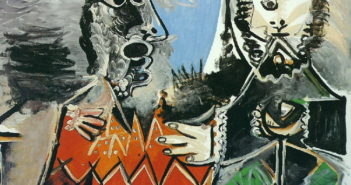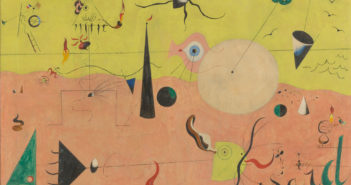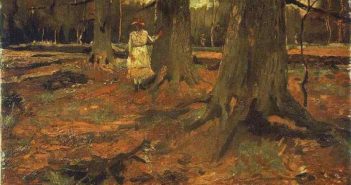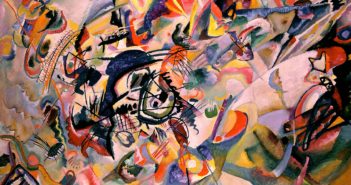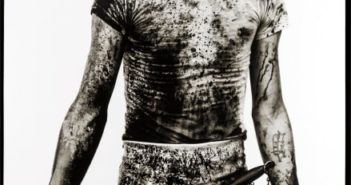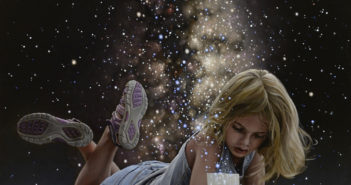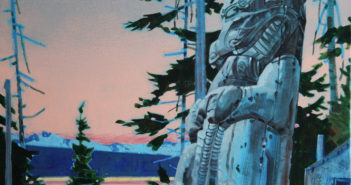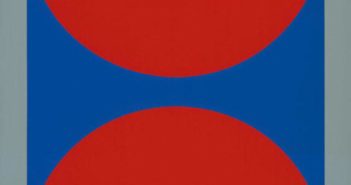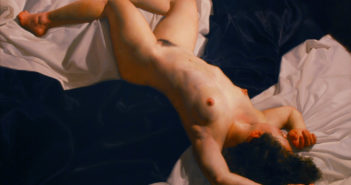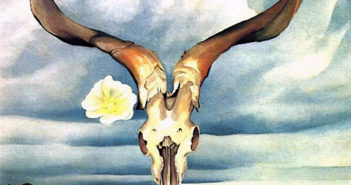
Women artists may be knowingly or unknowingly practicing a creative system called, “cycle-synching.” Neuroscientists have concluded that the two main female reproductive hormones, estrogen and progesterone, do not only rule the body’s fertility but also have a powerful effect on our neurochemistry. Add to this that new fertility-tracking apps like Clue are enabling women to predict the onset of productivity tools like high energy, sex drive, boldness, tiredness, sensitivity and body pain.

